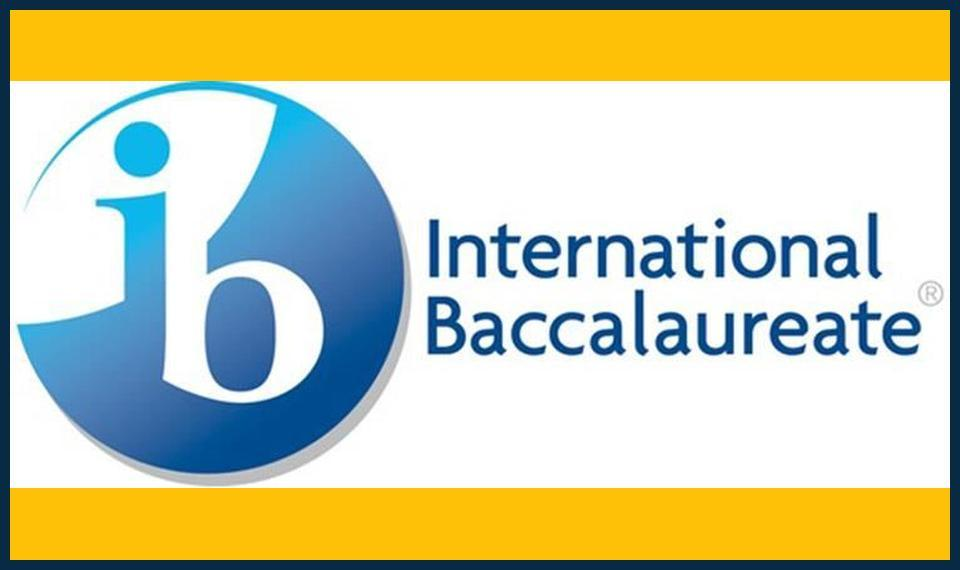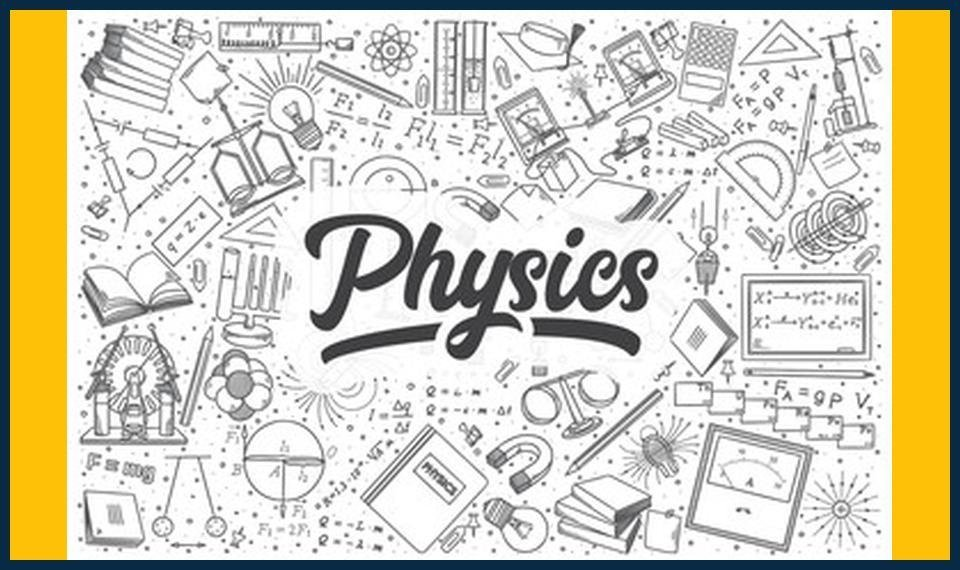![]()
Unlocking Top Marks in Your IB Maths IA: A Comprehensive Guide for Students, Parents, Tutors, and Teachers 📚📈
Welcome back to another insightful blog post! Today, we’re diving into the nittygritty of the International Baccalaureate (IB) Maths IA, offering practical tips, reallife examples, and actionable advice to help you secure top marks. Whether you’re a student, parent, tutor, or teacher, this guide is designed to inspire, educate, and motivate you on your academic journey.
🎯 Setting the Scene: What is the IB Maths IA?
The IB Maths IA (International Baccalaureate Mathematics Internal Assessment) is a mandatory component of the IB Diploma Programme, accounting for 20% of the final grade. It’s a chance to demonstrate your mathematical skills in a realworld context, showcasing your problemsolving prowess and creative thinking 💡🧠.
🔍 Diving Deeper: The Key Elements
The IB Maths IA encompasses four key elements:
1. Title and Aim: Clearly state the problem to be explored, and define the mathematical skills needed to solve it.
2. Mathematical Development: Detail your methods, reasoning, and any calculations, ensuring they’re mathematically sound and logically structured.
3. Analysis and Presentation: Organise your work effectively, making it easy for the assessor to follow your thought process. Use diagrams, tables, and equations to clarify complex ideas.
4. Reflection: Analyse your work, discussing any challenges encountered, strategies employed, and areas for improvement.
🚀 Boosting Your Marks: Proven Strategies
1. Start Early: Allocate enough time to plan, execute, and refine your IA. A wellprepared IA will yield superior results.
2. Choose a Relevant Topic: Select a topic that aligns with your interests and the mathematical skills you’re expected to demonstrate.
3. Break it Down: Divide your IA into manageable sections, making it easier to focus and avoid overwhelming yourself.
4. Practice Makes Perfect: Seek out practice problems and sample IAs to hone your skills and familiarise yourself with the assessment format.
5. Peer Review: Share your work with classmates, tutors, or teachers, and solicit feedback to improve your IA before submission.
6. Revise, Revise, Revise: Review your IA numerous times, focusing on clarity, coherence, and adherence to the assessment criteria.
💡 RealLife Example: The Adventure of the Missing Hiker
Imagine a scenario where a hiker goes missing in the woods. Your IA could involve using mathematical models to predict the hiker’s location based on their last known coordinates and the speed at which they were moving 🌲🚶♂️. By applying trigonometry, calculus, and statistical analysis, you’d create a solution that demonstrates your problemsolving abilities and mathematical prowess.
🤝 Supporting Students and Parents: Key Roles in Achieving Success
1. Parents: Encourage your child to take ownership of their IA, offering support and guidance when needed.
2. Tutors: Assist students in understanding the assessment criteria, providing personalised learning experiences, and helping them to develop effective study habits.
3. Teachers: Offer a supportive environment, mentor students, and provide constructive feedback to help them improve their IA.
FAQs ❓
- What resources can help me with my IB Maths IA?
- The IB Organisation provides official resources on their website, including sample IAs, marking criteria, and assessment guidelines. Additionally, online tutoring platforms, such as Tutor GP, offer personalised support and guidance.
- How long should I spend on my IB Maths IA?
- Plan to spend at least 3040 hours on your IA, including research, problemsolving, and refinement. Start early to ensure you have ample time to complete it.
- Can I change my IB Maths IA topic after I’ve started?
- It’s best to finalise your topic early on, as drastic changes may lead to a loss of valuable research and work. However, minor adjustments can be made throughout the process, as long as they don’t significantly alter the original scope.




